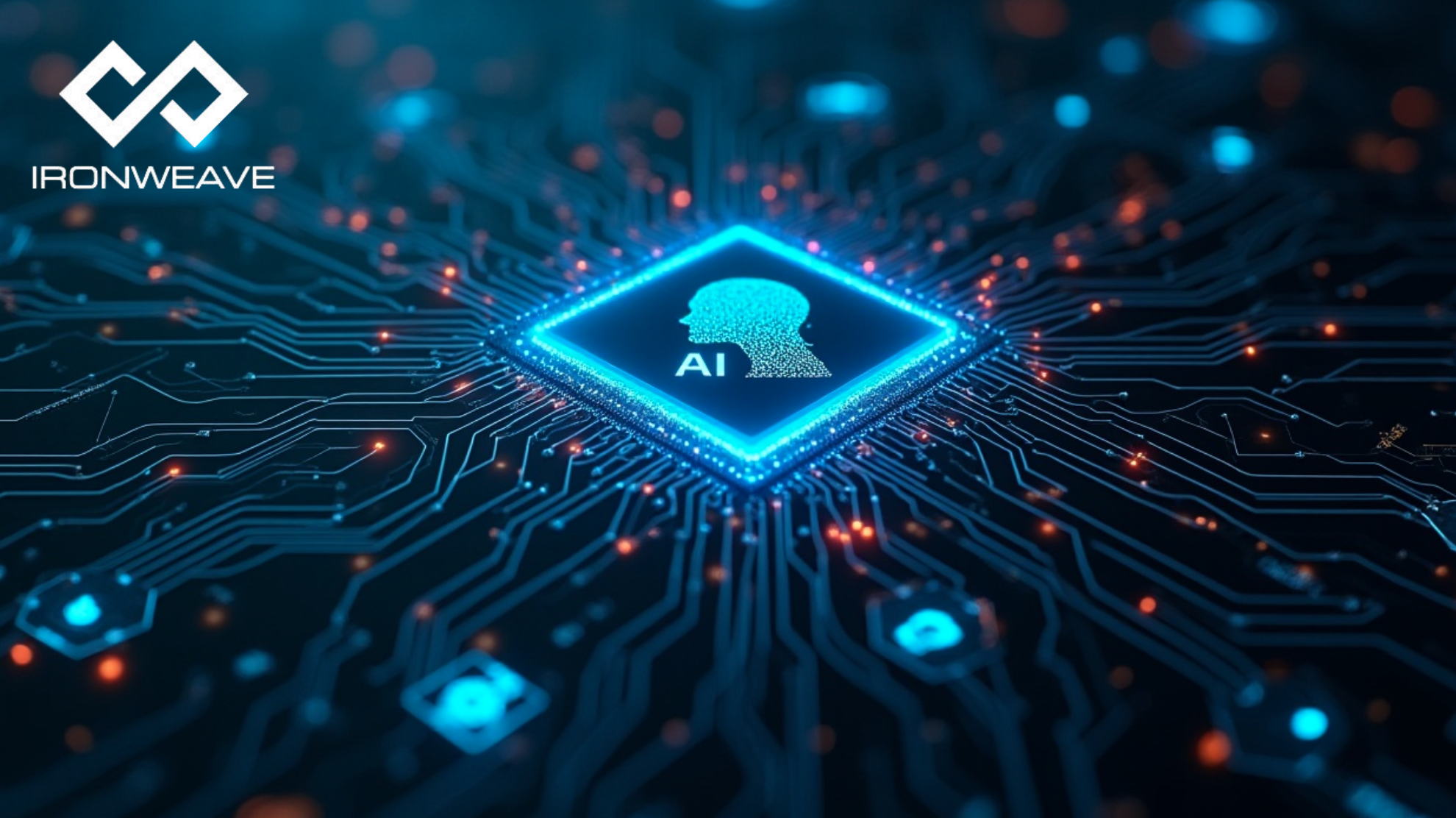IronWeave Solves AI’s Vulnerable Data Problem

From the courtroom to the exam room, enterprises are handing critical decisions over to GenAI. When trained and deployed correctly, these systems can be transformative… to begin with. But most AI today is built on outdated assumptions about data—trusting that information is clean, secure, and properly scoped. There’s the belief that the data AI uses and that we depend on will continue to be accurate and secure. In reality, centralized databases and opaque integrations make it far too easy for malicious data to sneak in, or for sensitive data to leak out, putting lives, reputations, and regulatory compliance at risk.
“For AI applications such as agentic AI modules, data security ensures that their outputs are high quality. Without strong protections such as zero-trust architecture, intrusion detection and immutable storage, attackers can use malicious data to poison data or exploit models during inference.” — Forbes
Real-World Scenarios: GenAI in Legal or Medical Research
Imagine a national healthcare organization using a custom LLM to support medical researchers. The AI assists clinicians by summarizing trial results, surfacing relevant literature, and generating hypotheses. In another wing of the same organization, a legal department uses GenAI to parse regulatory updates, draft contract language, and review case law.
These capabilities dramatically accelerate productivity—but only if the underlying data is trustworthy.
Now consider what happens if even a small portion of this data is compromised. A poisoned data source could subtly inject misleading information into the model’s context. An unauthorized database connection could feed the LLM outdated or misclassified case law. Over time, even infrequent corruption can compound, resulting in dangerous hallucinations presented with absolute confidence… and depended upon, funded and put into action because that corrupted AI agent said so.
This is not a hypothetical risk. Attack vectors like policy puppetry, tool poisoning, memory injection, and indirect prompt injections have already demonstrated how easily today’s LLMs can be manipulated—during both training and inference:
- Policy Puppetry: Attackers disguise malicious prompts as configuration files (like JSON, XML, or INI), tricking the model into interpreting them as internal system policies. This allows the attacker to override safety settings and influence the model’s behavior.
- Tool Poisoning: In agent-based AI systems, models interact with external tools or APIs. In a tool poisoning attack, those tool descriptions are secretly modified to include malicious instructions—hidden from users but interpreted by the LLM—leading to unauthorized actions or data leaks.
- Memory Injection: Some advanced AI agents use long-term memory to track context across sessions. Attackers can inject manipulated content into that memory over time, gradually influencing the model’s behavior or causing it to take harmful actions later on.
- Indirect Prompt Injection: This occurs when a model is tricked via inputs it didn’t directly receive from the user—like a comment field in a document or a website description. When the model processes that hidden content, it executes unintended instructions, opening the door to covert manipulation and data theft.
Traditional Defenses Fall Short
The industry’s conventional responses—permissions-based access, activity logs, and retroactive patching—don’t hold up in an AI context. Once a hallucination is generated the damage is done: a clinician may act on a false recommendation, or a legal team might unknowingly cite phantom precedent. Worse, these hallucinations can be hard to trace because the data dependencies that shaped them are often invisible in traditional AI pipelines.
“Traditional reactive approaches to cybersecurity are not sufficient in this new environment. Instead, technology professionals should be proactive for data protection: a zero-trust architecture mindset and a layered approach to address technical and strategic considerations.” — Octavian Tanase, Chief Product Officer, Hitachi Vantara
Why IronWeave Is Different
IronWeave offers a radically more secure foundation for GenAI systems. Unlike centralized databases and monolithic blockchains, IronWeave is a decentralized data fabric that treats every data object as its own secure container. Each object is independently encrypted, access-controlled, and auditable. This architecture is designed for environments where data is constantly flowing between users, systems, and AI agents—and where integrity must never be assumed.
With IronWeave, GenAI pipelines can:
- Verify provenance: Every data object has a cryptographically verifiable origin and full audit trail.
- Control access granularly: Smart permissions define exactly who or what can read, write, or reference each object—down to the byte.
- Detect tampering and injection: Immutable storage combined with pattern-aware anomaly detection can flag suspicious insertions or unauthorized data flows.
- Segment trust zones: Legal and medical departments can operate on logically separated datasets, with zero chance of data leakage or cross-contamination—even when using the same model.
From Infrastructure to Inference: How It Works in Practice
Let’s revisit our healthcare enterprise.
When a legal researcher queries the AI about recent changes in health privacy law, IronWeave ensures that the LLM is only referencing legally reviewed, authenticated documents—because no other documents are even visible to that process. The system checks cryptographic proofs and access logs before generating a response.
On the medical side, a clinician asking about a specific trial result can trust that the AI’s answer stems from data sources with verified provenance and has not been tampered with by third-party aggregators or misconfigured integrations.
This means that even if a connected application is compromised or a partner system is misused, IronWeave prevents the poisoned data from spreading into your AI model’s inference path.
Toward Safer Agentic AI
As organizations begin to deploy autonomous AI agents—legal bots that file claims or medical agents that suggest interventions—the need for atomic data-level safeguards becomes existential. IronWeave’s architecture ensures that these agents operate within a secure perimeter defined not just by firewalls, but by trustable data itself.
When your agents read, they know exactly what they’re reading. When they act, their actions are traceable, defensible, and verifiably based on authorized, accurate input. When an interaction occurs, with the AI agent or its LLM, its source is known and the data associated with the interaction is identifiable, auditable, and traceable. And importantly, all such AI interactions are private, unscannable, and unknown by outsiders.
Conclusion
AI safety isn’t just about aligning goals or filtering outputs—it’s about building systems that cannot be silently misled in the first place. IronWeave gives entrepreneurs and enterprises, and anyone in between, the confidence to deploy GenAI across sensitive domains by delivering zero-trust data infrastructure, immutable provenance, and fine-grained control at every layer.
If the future of AI is agentic, decentralized, and deeply embedded in our critical systems, then its data foundation must be equally robust. That foundation starts with IronWeave.
